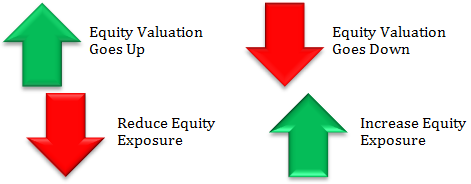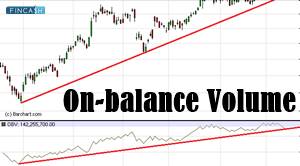
Table of Contents
Balanced Scorecard
What is a Balanced Scorecard?
A balanced scorecard is a planned management performance metric that is used to discover and enhance several internal business operations and external results. They are also used to evaluate and provide a response to organizations.

Data collection is extremely crucial to provide quantitative results as executives and managers obtain as well as interpret the information to make better decisions.
Balanced Scorecards Model
The model of balanced scorecard strengthens right behaviour in a company by differentiating four areas that have to be analyzed. These core areas, also known as legs, comprise business processes, finance, customers, growth and learning.
These balanced scorecards are also used to achieve goals, measurements, objectives and initiatives that can result from these four functions of the organizations. It is also easier for companies to discover factors that cause hindrance in the performance of the business and outline strategies to alter these issues.
Furthermore, the balanced scorecard model can also provide information related to the organization as a whole when evaluating the objectives of the company. The organization can use a balanced scorecard to implement strategies in a way that would help them figure out where the value should be added in the company.
Balanced Scorecard Model Characteristics
In a balanced scorecard model, as mentioned above, information is collected and evaluated in four aspects, such as:
Business processes
They are measured by evaluating how well products are being manufactured. In this aspect, operational management is evaluated to track delays, waste, shortages, and gaps.
Talk to our investment specialist
Finances
This one is all about measure financial data, such as Income targets, budget differences, financial ratios, expenses and sales. This evaluation is used to comprehend the Financial Performance.
Customer
The perception of customers is collected to assess whether they are satisfied with the availability of products, price and quality. Customers give feedback regarding their satisfaction, which helps in measuring this aspect tremendously.
Growth and learning
These two are evaluated through the assessment of knowledge and training resources. While learning handles how adequately information is obtained and how employees are using it; growth talks about the impact that it is having on the performance of the company.
All efforts have been made to ensure the information provided here is accurate. However, no guarantees are made regarding correctness of data. Please verify with scheme information document before making any investment.












